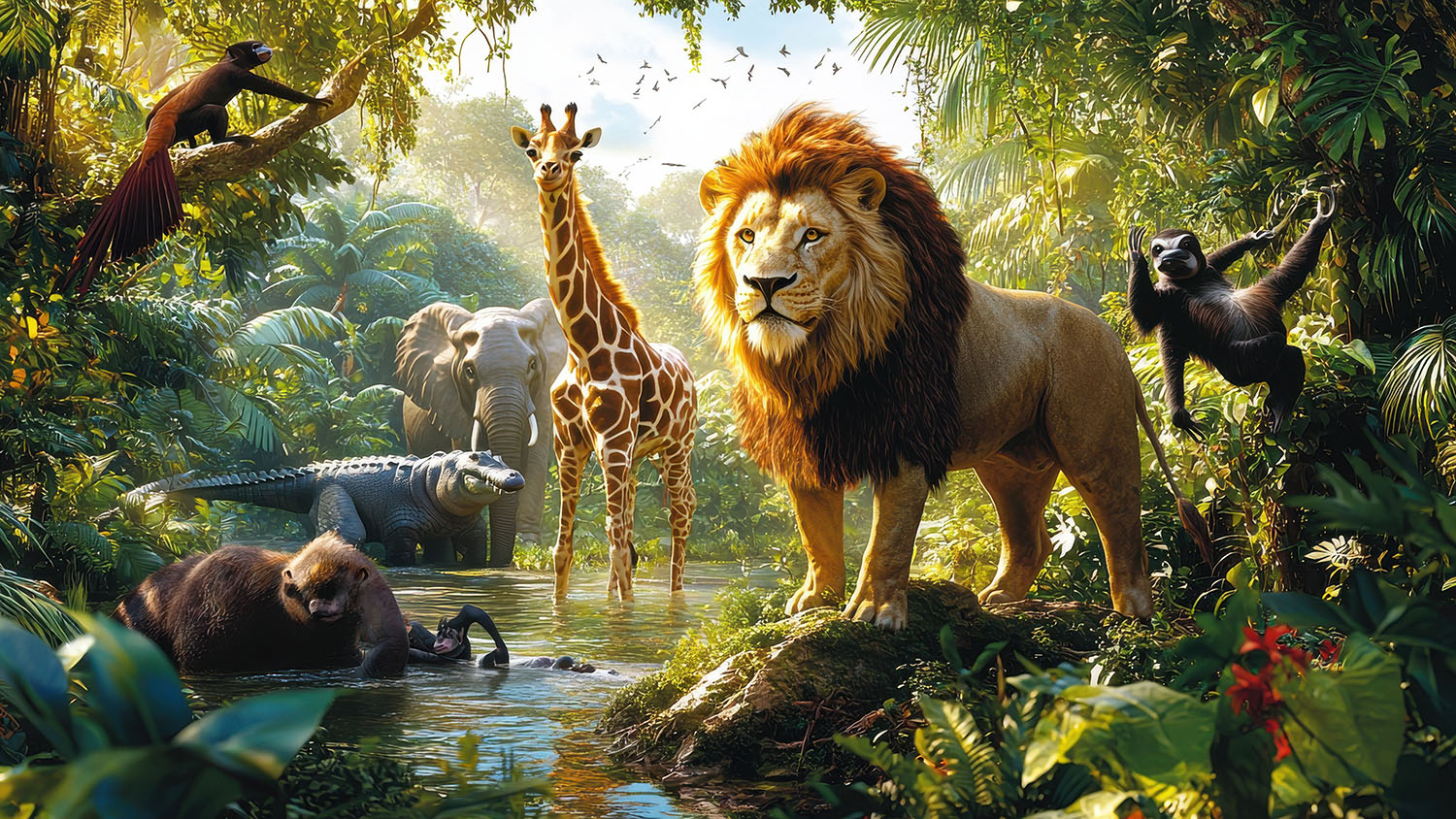What Cancer Rates Across Animal Species Could Tell Us About Human Health

The following post is adapted from an American Association for Cancer Research press release.
A new study that looked at over 16,000 necropsy reports on 292 separate species finds that size and gestation length (the time between conception and birth) can impact cancer risk and could lead to better models for studying cancer in humans.
The study, led by Zachary Compton, postdoctoral fellow at the University of Arizona’s Cancer Center, analyzed necropsy reports for mammalian, reptilian and amphibian species managed under human care. Each species analyzed had at least 20 separate necropsy reports.
The team looked at rates of neoplasia – or uncontrolled cellular growth – in the animals and whether those neoplasms were benign or malignant.
“The overarching motivation for the study is to get a holistic view that could give us better models for understanding cancer,” says Tara Harrison, associate professor of zoo and exotic animal medicine at North Carolina State University and study co-author. “We use mice as a model all the time, but they may not be a great model for human medicine. Zoo animals and animals under human care get the same foods we do and live in the same environments, so risk factors for naturally developing cancers could be similar.”
One of the most interesting aspects of the study was the partial contradiction of Peto’s paradox – based on a hypothesis put forth by statistician Sir Richard Peto – that states that cancer rates should correlate with body size and lifespan as larger animals have more cells that can be damaged and longer-lived animals have more chances for cellular mutation. Based on the data available to Peto at the time, this hypothesis didn’t seem to hold, leading to Peto’s paradox.
The new study seems to support Peto’s original hypothesis – it found that larger body mass was associated with a higher prevalence of neoplasia. For every tenfold increase in body mass, the risk of neoplasia increased by 2.1%.
Other factors associated with malignancy and/or neoplasia included increased maximum longevity and larger litter size in mammals.
Longer gestation time was significantly associated with a lower prevalence of both neoplasia (5.3% decrease in neoplasia risk per tenfold increase in months of gestation) and malignancy (5.65% decrease in malignancy risk per tenfold increase in months of gestation).
“The longer gestation finding was interesting,” Harrison says. “Perhaps animals with longer gestation are investing more resources into cell regulation, so that those cells will be less likely to mutate over time.”
Harrison adds that although the work is in early stages, it could open doors to finding better models for human cancer research.
“Species with a high prevalence of particular cancers may help us discover the biological basis of those cancers, and species with few cancers may help us find ways to suppress cancer growth,” Harrison says.
The research appears in Cancer Discovery.
- Categories:


